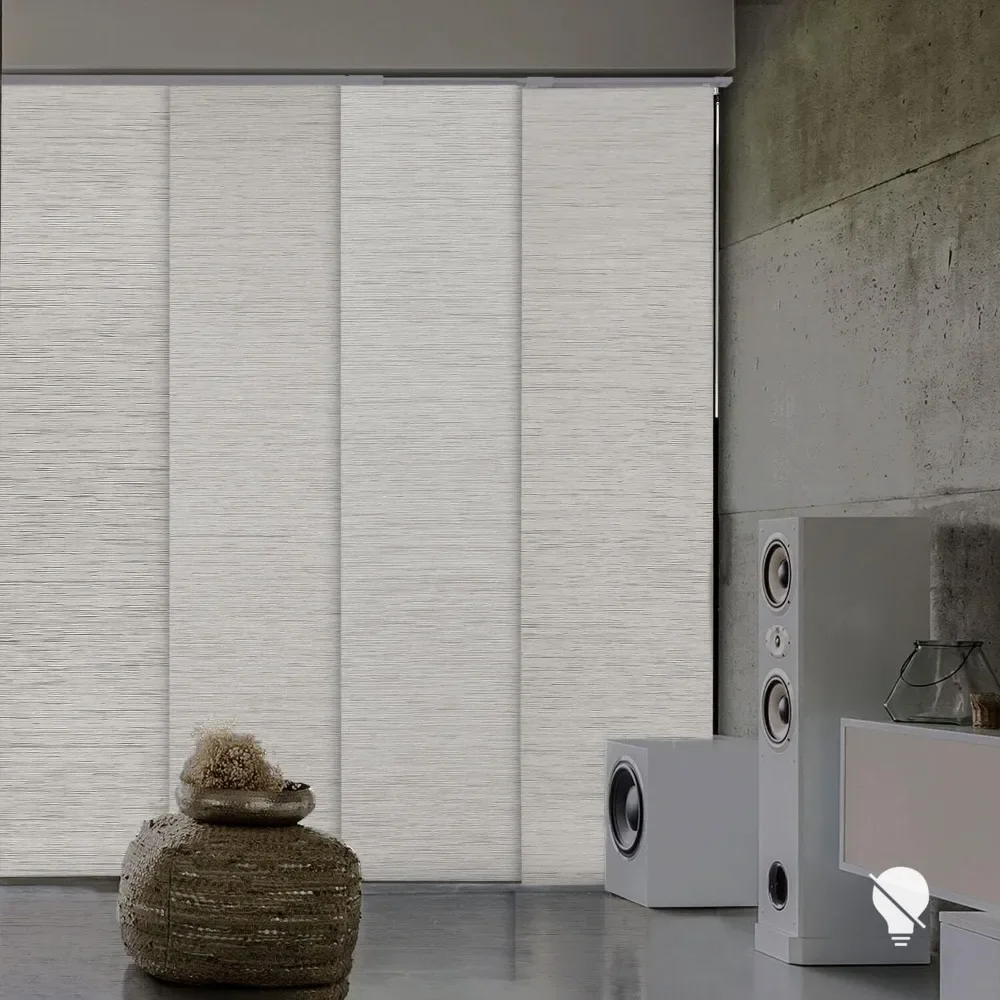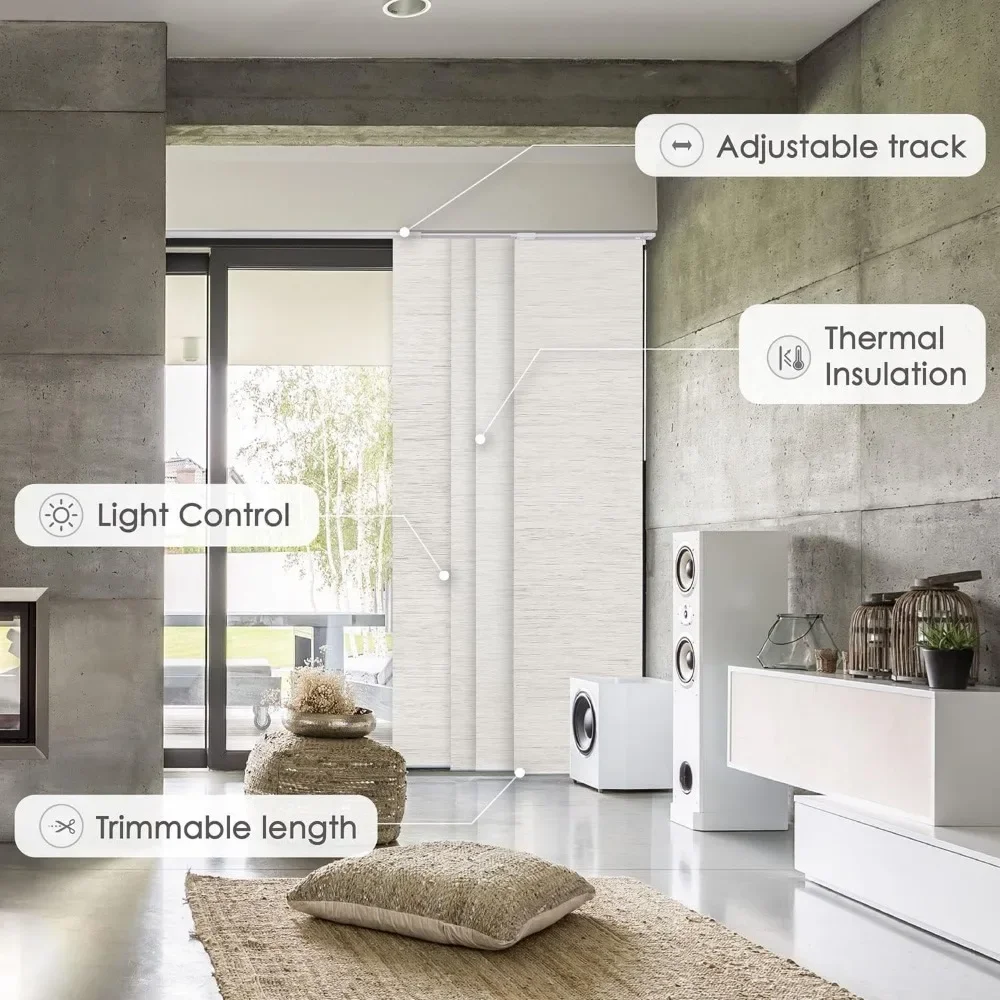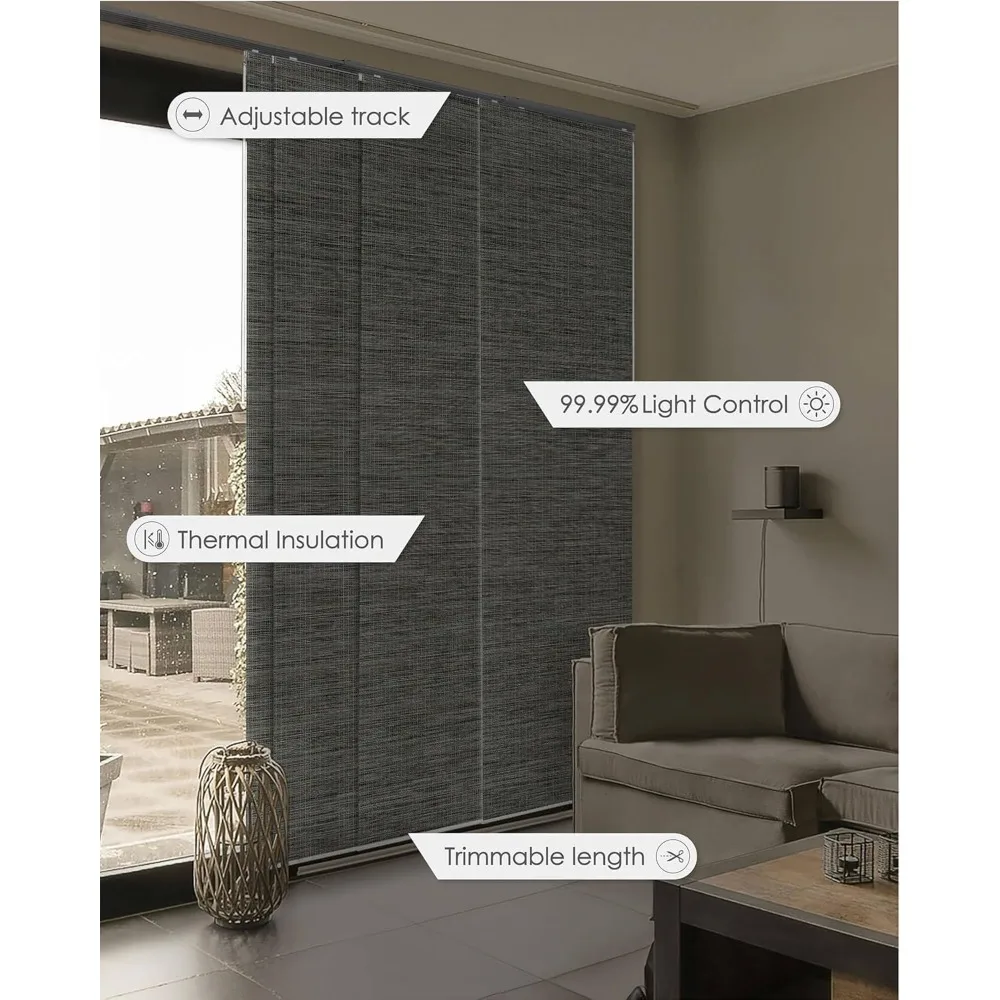Vertical blinds are a popular window treatment choice for many homes and offices. They provide privacy, light control, and an elegant aesthetic. However, over time, vertical blinds can suffer wear and tear due to regular use, environmental factors, or accidental damage. Whether you’re dealing with broken slats, tangled cords, or damaged tracks, repairing your vertical blinds doesn’t have to be a daunting task. This guide will walk you through the essential steps needed to restore your vertical blinds to their former functionality and appearance.
1. Understanding the Common Issues with Vertical Blinds
Vertical blinds are relatively simple in design, but their various components can sometimes fail or get damaged. Before diving into repairs, it’s important to understand the common issues that can affect vertical blinds.
1.1 Damaged or Broken Slats
One of the most frequent issues with vertical blinds is broken or damaged slats. This can happen if a slat is hit too hard, bent out of shape, or exposed to excessive moisture. Broken slats can disrupt the overall look of the blinds and may prevent them from operating properly.
1.2 Malfunctioning Cords and Chains
The cords or chains that allow the vertical blinds to open and close can sometimes become tangled or frayed. A malfunctioning cord can prevent the blinds from opening or closing smoothly, making them frustrating to use. In some cases, cords can even snap, requiring immediate replacement.
1.3 Stuck or Misaligned Tracks
The track system that supports the vertical blinds can become misaligned or jammed, causing the blinds to stop sliding properly. Dirt, debris, or bent tracks can obstruct the smooth movement of the blinds, and in some cases, the blinds may even become completely stuck in place.
1.4 Faulty Tilt Mechanism
The tilt mechanism of vertical blinds allows the user to adjust the angle of the slats to control the amount of light coming in. If this mechanism becomes faulty, the slats may no longer tilt as desired, resulting in poor light control and difficulty adjusting the blinds.

2. Gathering the Necessary Tools for the Repair
Before starting the repair process, it’s essential to gather all the necessary tools and materials. Having everything on hand will ensure that the process goes smoothly and help prevent unnecessary delays.
2.1 Basic Tools for Vertical Blind Repair
To repair vertical blinds, you’ll need a few basic tools:
- Screwdriver: A flathead or Phillips screwdriver will be necessary to remove screws from the track system and other components.
- Pliers: Pliers are useful for pulling out or bending metal components, such as the hook that attaches the slats to the track.
- Scissors: If you need to cut new cords or chains, a pair of sharp scissors will require.
- Measuring Tape: This is useful for measuring replacement slats or cords, ensuring they fit properly.
- Replacement Parts: Depending on the specific issue, you may need to replace slats, cords, clips, or the entire track system. It’s important to buy parts that are compatible with your vertical blinds.
2.2 Optional Tools for Advanced Repairs
In some cases, you may need more specialized tools for advanced repairs. These might include:
- Drill: If screws are stuck or difficult to remove, a drill with a screwdriver bit can help make the task easier.
- Lubricant: If the blinds are sticky or jammed in the track, a lubricant such as silicone spray can help free up the mechanism.
- New Slat Hooks or Carriers: For broken or damaged slat hooks, having a spare set can save time during repairs.
3. Repairing Broken or Damaged Slats
If a slat is broken or damaged, you’ll need to replace it to maintain the function and appearance of the blinds. Repairing vertical blinds with damaged slats is one of the most common repair jobs homeowners need to perform.
3.1 Removing the Damaged Slat
To begin, you’ll need to carefully remove the damaged slat. Most vertical blinds use hooks or clips to hold the slats in place. Use pliers or a flathead screwdriver to gently disconnect the slat from the track. Be sure to handle the slat carefully to avoid damaging adjacent slats.
3.2 Measuring and Cutting a New Slat
Once the damaged slat remove, measure its length and width to ensure the new slat matches the dimensions. Most vertical blinds are made of fabric, vinyl, or wood, and you can purchase replacement slats at most home improvement stores or online. If you need to cut a new slat to size, use a pair of scissors or a utility knife to trim it to the correct length.
3.3 Installing the New Slat
To install the new slat, attach the hook or clip to the top of the slat and hang it back onto the track system. Make sure the slat align properly with the other slats. Once it is securely in place, test the blinds to ensure that they operate smoothly and the new slat moves freely with the others.

4. Fixing Malfunctioning Cords and Chains
Cords and chains are vital components of vertical blinds that allow for smooth opening, closing, and tilting. If these parts malfunction, the blinds may become difficult or impossible to use. Here’s how you can repair the cords and chains.
4.1 Identifying the Issue
Start by identifying the specific issue with the cords or chains. If the cords tangle, you may be able to simply untangle them. If the cords frayed or snap, you will need to replace them. Similarly, if the chains are broken or missing, replacement is necessary.
4.2 Replacing the Cords
To replace the cords, first, remove the existing cords by detaching them from the blinds. If they’re tangled, carefully work through the knots before removing them. Cut the new cord to the correct length, ensuring it’s long enough to reach from the top of the blinds to the bottom of the track.
Once the new cord is in place, thread it through the mechanisms according to the manufacturer’s instructions. Be sure to tie off the ends to prevent it from slipping out of place.
4.3 Replacing the Chains
Replacing the chain is a similar process. Remove the old chain by detaching it from the clip or mechanism. Measure the length of the new chain, then attach it in the same manner. Ensure that the chain hangs correctly and allows for smooth tilting of the slats.
5. Repairing Stuck or Misaligned Tracks
If your vertical blinds are stuck or have trouble sliding along the track, the issue could be a misaligned or dirty track. Here’s how to fix the track system to restore proper operation.
5.1 Inspecting the Track
Start by inspecting the track for any visible obstructions, such as dirt, dust, or debris. If you notice anything blocking the track, remove it carefully. Dirt can build up in the track over time, causing the blinds to become sticky and difficult to operate.
5.2 Realigning the Track
If the track appears bent or misaligned, carefully straighten it with your hands or pliers. Gently press on any warped areas to align the track properly. In some cases, you may need to remove the track from the wall to adjust it fully.
5.3 Cleaning and Lubricating the Track
Once the track align, clean it thoroughly using a soft cloth or brush to remove any remaining dirt. Apply a silicone-based lubricant to the track to ensure smooth operation. Avoid using oily lubricants, as these can attract dust and grime, causing further issues.

6. Fixing the Tilt Mechanism
The tilt mechanism is responsible for adjusting the angle of the vertical blinds, allowing you to control the amount of light entering the room. If the tilt mechanism fails, it may prevent the slats from rotating as intended. Here’s how to fix the tilt mechanism.
6.1 Assessing the Tilt Mechanism
Examine the tilt mechanism to see if it jammy, broken, or misaligned. If it jammy, carefully try to free it up by gently wiggling the mechanism. If it’s broken or severely damaged, you may need to replace the entire tilt mechanism.
6.2 Replacing the Tilt Mechanism
To replace the tilt mechanism, first, remove the old one by detaching it from the blinds. Depending on the design, the tilt mechanism may be attaching to the headrail or mounted separately. Purchase a replacement mechanism that is compatible with your blinds, and follow the manufacturer’s instructions to install the new part.
6.3 Testing the New Mechanism
Once the new tilt mechanism is in place, test it by adjusting the slats. Ensure they tilt smoothly and stop at the desired angle. If the mechanism is working correctly, the slats should move easily without resistance.








